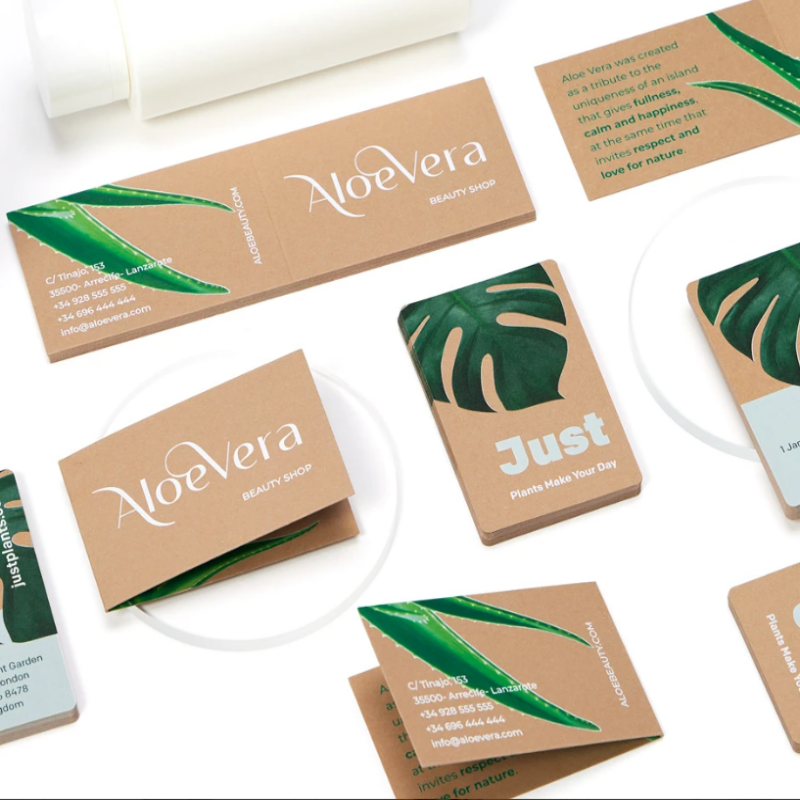The Evolution and Significance of Lunch Boxes
Lunch boxes have come a long way from their humble beginnings, serving not only as a practical container for meals but also as a cultural symbol that reflects societal changes over the years. They have evolved from simple, utilitarian designs into vibrant, multifunctional accessories that express personal style and cater to modern dietary needs.
Historically, lunch boxes date back to the mid-19th century when they were primarily crafted from metal, wood, or leather and used by workers to carry their midday meals. These early lunch boxes were not only functional but also sturdy enough to withstand the rigors of daily use. For instance, tin lunch boxes were popular among children in the early 1900s, often adorned with illustrations of their favorite characters or themes. This marked the beginning of the lunch box's status as a collectible item, paving the way for today’s diverse designs.
As the years progressed, lunch boxes began to reflect the changing dynamics of family life and education. In the 1950s and 1960s, the rise of the suburban family saw lunch boxes become a staple for schoolchildren. Parents invested in insulated lunch boxes to keep meals fresh and safe. The introduction of plastic in the 1970s revolutionized lunch boxes, offering lighter alternatives that could be easily cleaned and customized with countless designs. Characters from beloved cartoons such as Disney and superheroes from comic books became common adornments, igniting children's excitement for lunchtime.
Beyond aesthetics, the role of lunch boxes has transformed significantly as society has grown more health-conscious
. In today's world, where dietary restrictions and preferences are more varied than ever, lunch boxes serve as a means for people to maintain control over their food choices. Parents now pack nutritious meals for their children, while adults bring homemade dishes to work, often opting for environmentally friendly options. Innovations like stainless steel containers, silicone bags, and eco-friendly materials illustrate a shift toward sustainability.lunch boxes

Furthermore, lunch boxes have embraced technology, offering features that cater to the needs of modern life. Some are equipped with built-in heating elements, while others come with compartments to keep food separate, preventing sogginess. There are even smart lunch boxes with app integration that can track nutritional information. Such advancements reflect our growing reliance on technology and the desire for convenience in our fast-paced lifestyles.
Culturally, lunch boxes also carry deep meanings. In various parts of the world, the concept of a lunch box varies significantly. For instance, the traditional Japanese bento box is an art form in itself, emphasizing not only nutrition but also aesthetic presentation. Bento boxes are meticulously prepared with colorful, balanced meals that showcase craftsmanship and creativity, making lunchtime an enjoyable experience rather than just a break in the day.
In addition to being a vessel for food, lunch boxes create a sense of community. Whether shared among friends during a picnic or used as a means to bond over a homemade meal at school, they foster connections. They can also serve as a canvas for children to express their personalities through their choice of lunch box, from whimsical designs to sleek, minimalist styles.
As we look to the future, lunch boxes will likely continue to adapt to meet the needs of consumers and the environment. With the rise of plant-based diets, meal prepping, and an emphasis on health and sustainability, the lunch box will remain a crucial accessory in our lives. In essence, the lunch box is more than just a container; it is a reflection of our lifestyles, values, and the changing world around us.



